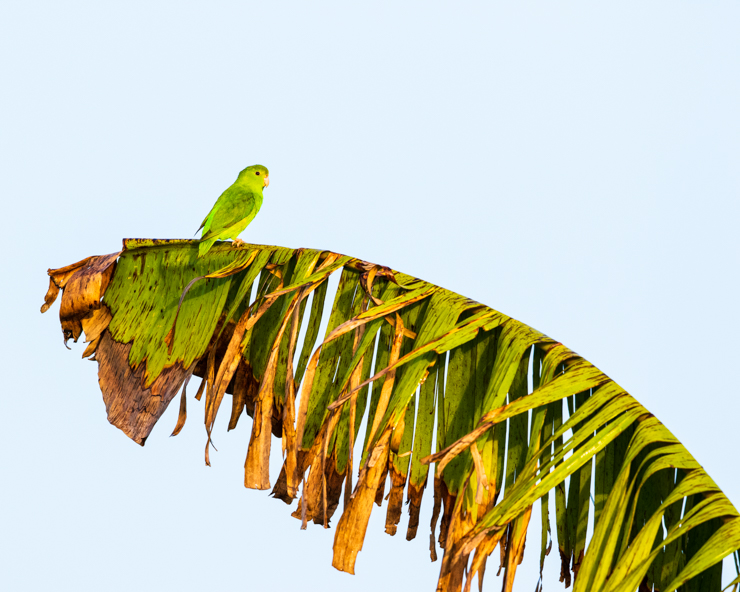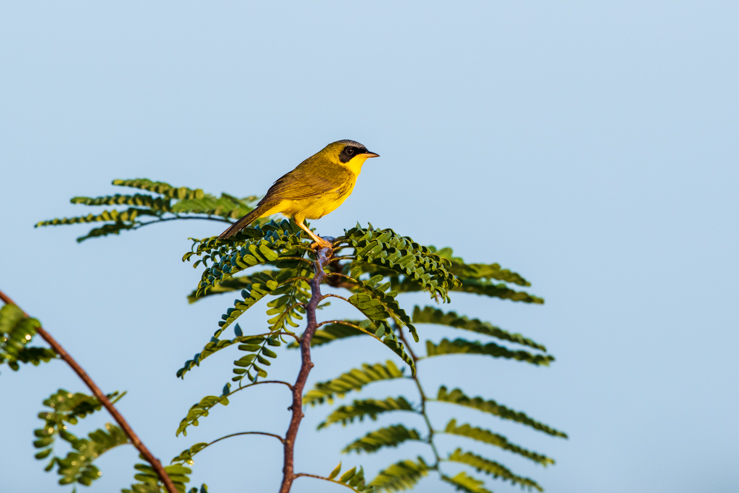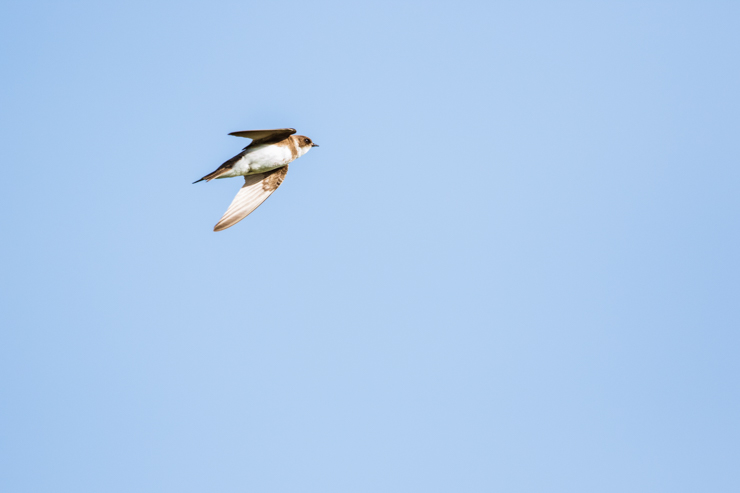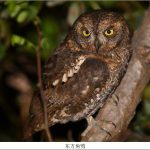
It can easily come across as laziness, but I like to call it efficiency. Some of my continental friends may not think twice of having to drive for four hours to see a single bird. I on the other hand, have been frequenting a specific wetland I’ve written about on this blog innumerable times thus far. Reason being: it’s just about 20 minutes away from where I live. Now before you cast me out, please hear me out. I have been meaning to bird other areas a bit further away but there’s been a string of very interesting sightings in this wetland recently, and each time I go it seems to churn out some other unexpected jewel. Add that to the fact that here in Trinidad & Tobago we’re still under a strict curfew – the earliest I’m allowed to leave home is 5am. As a birder and photographer, I have a clear preference for arriving on location at least by dawn. The curfew is expected to be lifted at the end of this month, so perhaps in December I’ll have some different content to share here.
Recently we’ve been getting reports of some members of the Sporophila genus cropping up in and around this wetland. I’ve waited a few weeks even to make this post, as members of this group of birds have historically been targeted throughout their range for their singing prowess. On an island, species are particularly vulnerable to anthropogenic pressures and only two of the nine species of native seedeaters in T&T persist today in isolated pockets. And they are barely holding on. Their songs attract trappers like flies to fresh dung. If you’d like to know more about this situation, I’ve written and spoken about it.
Anyway, a couple months ago while searching for shorebirds, I was startled by the musical song of a male Ruddy-breasted Seedeater just at the side of the road. I trained my camera on him as he belted note after note, but he never turned in my direction. Within a few seconds, he was gone. Some weeks later, I heard of a small group of Lined Seedeaters in the same location. While the Ruddy-breasted Seedeater is one of the two seedeater species still holding on, Lined Seedeaters are austral migrants. Having only seen this species once before, I made it a priority to go look for them.
In the following weeks I visited this wetland numerous times, each time I was reminded of why I absolutely love the place. This time of year the water is abundant, frogs provide a constant chorus, and both resident and migratory birds are reveling in the bounty. All three species of bitterns were regularly being seen a few months ago (mental bookmark for a future post), lingering Fork-tailed Flycatchers chased and harassed everything from incoming shorebirds to lumbering raptors like Crested Caracaras and Long-winged Harriers. I have honestly found it incredibly difficult to maintain concentration on a single species.

Blue-black Grassquits are one of the seed-munching birds that escaped the thirst of the trappers as they lack musicality to their song. Judging from their frequent jumps and trills, they don’t seem bothered.

Tricolored Munia
Once the native seedeaters were extirpated, invasive escapees of the pet trade began to creep in. There is now a huge population of Common Waxbill and Tricolored Munia – both species occupy the same ecological niche but have even less melody than the grassquits. Because singing birds call a high price, there is little value ascribed to these two species.

Hummingbirds may not be a stereotypical fixture of wetlands, but here is an excellent place to view wetland and open savanna specialists like Green-throated Mango and White-tailed Goldenthroat. Recently I’ve been seeing this stunning male Blue-chinned Sapphire feeding pretty regularly.
The slate of resident birds is by no means shabby. Common and everyday sights within this wetland are lifers for many visiting birders – Yellow-chinned Spinetail, Red-breasted Meadowlark, Yellow-hooded Blackbird, Pied Water Tyrant, White-headed Marsh Tyrant, Green-rumped Parrotlet, and Masked Yellowthroat.

Green-rumped Parrotlet

Masked Yellowthroat

Red-breasted Meadowlarks

Yellow-chinned Spinetails

Each year there are also a few sightings of wandering Glossy Ibis.

Some migrants are also fairly loyal to this hotspot – such as Yellow Warbler (above) and Northern Waterthrush (below).

One morning, I stood breathing slowly, eyes pressed to my binoculars and I heard a soft croaking from above. I looked up just in time to see a Crane Hawk fly just overhead. In all the years birding this spot, I had never seen this species there before. They are resident in Trinidad and their population is slowly expanding. Hopefully sightings of this enigmatic raptor will become more commonplace in the future.

Crane Hawk
Last Sunday I was observing a large flock of Barn Swallows hawking for insects, when I realized some of the birds didn’t look like the others. Upon closer inspection the larger birds were Grey-breasted Martins, but that still did not explain the full extent of the variation present. A Bank Swallow made a close pass overhead which made me reach for my camera – I hadn’t seen one in many years. Further inspection revealed a few Cliff Swallows in the mix as well.

Bank Swallow (or Sand Martin)

Cliff Swallow (only the second record for the year thus far)
As for the Lined Seedeater – there was a group of five individuals, all time spent with them was completely magical. We observed them on several occasions as they fed on grass seeds. While tracking some of the Barn Swallows overhead, a single Lesson’s Seedeater flew across my field of view, its dirty white underbelly a stark difference from the clean white of the Lined Seedeater.

Lined Seedeater











How sad that your region still has such pressure from trapping of wild birds. When we first moved to Morelia, Mexico, you could see multiple bird-sellers with giant stacks of caged wild-caught birds, right at the entrance to our municipal market. Others would walk through city neighborhoods with cages strapped to their backs. But the government here cracked down on the trade, and it has been a long time since I saw wild-caught birds for sale.
Now if they can just control logging and the spread of avocado orchards…
It’s really heartbroken to see wild birds are capturing. Also, in my residence, lots of people capture birds from their habitat and sell them. It should be stopped.
By the way, nice piece of writing and you’re birding photography is outstanding.
Thanks Riyad. We definitely have to change how we interact with nature!
Paul – it’s frustrating isn’t it! At least they’ve shown that they can be effective when they get serious about something. In T&T on the other hand…